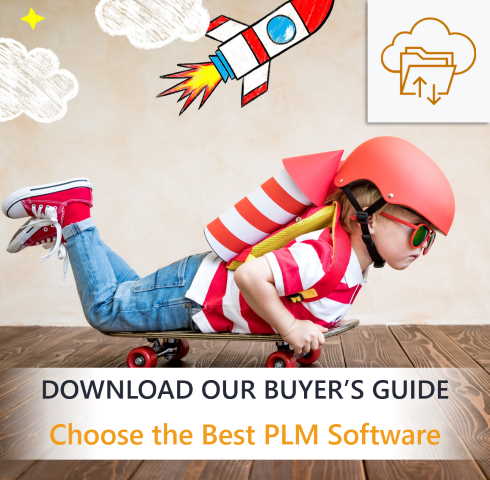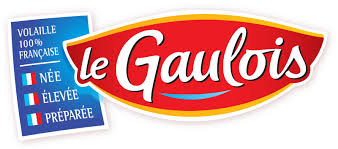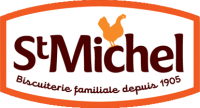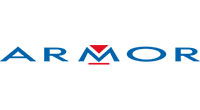
The global beauty industry registered a 5.5% growth in revenue in 2018[1] and is now valued at $532 billion[2]. The global food and beverage industry is growing at around 5% a year and is expected to reach $20 trillion by 2030[3]. And premium products are cutting a big share of this growth. According to Nielsen[4], in the U.S., growth in the premium segments outpaced total category growth for personal care (8% versus 2%) and food (8% versus 3%) in the year 2016.
What is a premium product?
It is agreed upon that a premium product is defined by its cost at least 20% superior to the average price for the category. They carry tangible (official label, health claims, originally sourced ingredients, etc.) or imaginary (artworks suggesting luxury, connoted wordings, brand reputation, etc.) surplus value exploiting the tendency for consumers to assume that expensive items enjoy an exceptional reputation or represent exceptional quality and distinction[5].
“Premium product segments outpacing total category sales in many markets” shows that consumers’ aspirations and priorities are shifting. Indeed, the middle class is rising globally (2 billion people more by 2030 resulting in a 35% increase in food demand[6]) and drives a significant growth of the average purchasing power. Naturally, they are seeking a better quality of life and want to instill meaning into their purchase decisions, either it’s committing to a more environmental-friendly lifestyle, benefiting from healthier products, promoting socially responsible brands or stating other personal values or motives. For instance, 58% of Chinese consumers agree they are willing to pay more for ethical brands[7] and 47% of consumers say that buying premium shows others that they have good taste[8]. On the business side, 82% of operators agree that clean labels will have a great or moderate influence on purchase decisions in the future. The industry is already aware that premium segments are a strong strategical leverage for brand competitiveness.
Quoting Nielsen, “some of the big-player manufacturers have struggled to keep pace with smaller players. For example, in the U.S., the 25 largest food and beverage companies drove only 3% of the total category growth from 2011 to 2015, while companies below the top 100 drove nearly half (49%). While these numbers indicate an underlying issue with all new product development, there’s more at stake with premium products because of their higher revenue potential.”
Consumer centricity starts with the product design
Whether a consumer is buying in store or online, it’s most likely they are not able to try a new product before purchasing it. The only elements they can rely on to asses a premium product and make their decision are packaging, labeling, peer reviews and quality, health and marketing labels and claims. And until they actually have the opportunity to try the product, these remain promises. Consumers are betting their money and sometimes even their health – in case of medical diets or skin allergies for instance – to find out if the product is up to the advertised value proposition.
All these aforementioned elements being heavily regulated and consumers being able to instantly shout their opinion on social medias, unability to fulfill and prove the product’s promise can lead to its irreversible failure (90% of the 15,000 new food products launched every year fail[9]) and serious consequences: fines, product recalls, consumer backlash, deteriorated brand reputation and so on. Regulations vary by economical areas (European Union, Mercosur, APEC, etc.), by country, by state and over time. It shapes a compliance labyrinth that gets even more convuloted as the portfolio expands. Emerson Climate Technologies estimates that regulatory compliance costs will go up by 50% by 2027[10].
To avoid these different pitfalls and make the most out of a premium product strategy, it is of the utmost importance to implement robust processes and tools within the design chain.
Solutions for flawless product design exist!
Ensuring specification traceability from the very beginning of the marketing brief is essential in order to, at the end of the NPD cycle, check and approve that the product meets every one of its promises. And at a time when brand strategy is inseparable from product information, providing transparency to consumers is the minimum thing to do to gain their trust and loyalty. 75% of shoppers say they’ll switch to a brand that provides more in-depth product information[11].
A Product Lifecycle Management (PLM) software takes on this challenge by ensuring a single version of the truth throughout the whole product development process. At Lascom, we identify 3 key steps from specification management to information continuity:
- Consolidate data
- Talk clearly to internal teams and suppliers
- Secure critical tasks
[1] 45 beauty industry statistics that will impress you. Ljubica Cvetkovska for Loud Cloud Health – January 8, 2019
[2] Beauty has bown up to be a $532 billion industry – and analysts say that these 4 trends will make it even bigger. Bethany Biron for Business Insider – Jully 9, 2019
[3] Functional foods and ingredients for the premium consumer. Plan & Food Research
[4] Moving on up. Nielsen – December, 2016
[5] Premium pricing. Wikipédia – June 5, 2019
[6] Growing Consumerism. European Commission – 2018
[7] Sub-Zero Waste: 2019 global beauty and personal care trend. Mintel – 2018
[8] The art of premiumization: stop guessing, start innovating. Nielsen – 2019
[9] Methods for developing new food products: expended second edition. Aramouni and Deschenes – 2018
[10] Food industry forecast : key trend through 2020. Emerson Climate Technologies – 2019
[11] The transparency imperative : product labeling from the consumer perspective. Food Marketing INstitude and Label Insight – 2020































